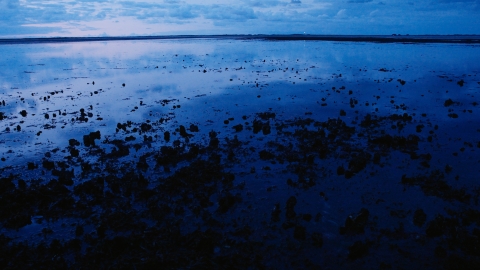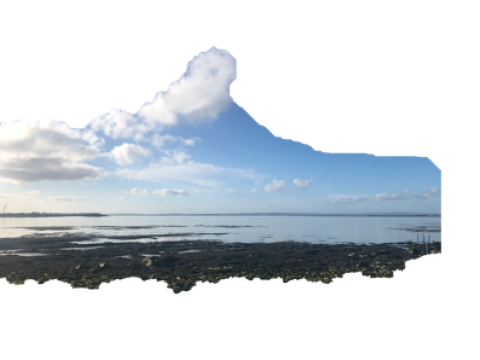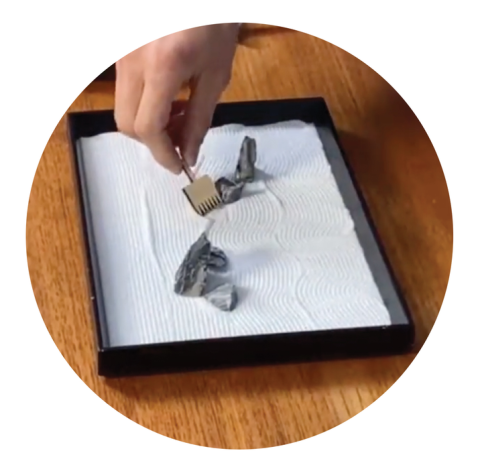Editorial
JAR is based on foundations of expositionality. We publish expositions of practice as research, media-rich assemblages that gather and present material traces of artistic practice, and articulate them as original epistemic contributions. While this paradigm allows for highly complex constellations of materials, in reality, artists often choose more standardised formats. In JAR, we assume that any choice informs what can be articulated and how: not everything that can be said needs complicated rich-media engagements—this can drift into decoration and ornamentation. However, if something materially specific wants to be articulated, a lack of media-rich unfolding leads to a sense of impoverishment and a lack of evidencing—the submission does not carry the meaning it is assumed to communicate. This is first of all not an argument against text, which may function similarly; expositionality is more an argument for distributive materiality, which is able to articulate complex meanings that we often fail to put 'into words'.
JAR claims articulation and dissemination within and below the level of discursivity, and, since our very first issue, the journal has striven to make articulation available to its own form of criticality—we referred to this as affirmation—allowing among other things for peer review and editorial collaboration. Affirmation as expositionality's form of criticality operates differently from conventional academic critique. Where traditional peer review proceeds through discursive analysis and correction, affirmation works by recognizing what the distributed materials are doing and strengthening their capacity to do it. This does not mean uncritical acceptance but rather an active engagement that asks: what is this exposition articulating, how do its materials connect to achieve this, and how might these connections be enhanced? Reviewers and editors attend to the internal dynamics of the materials—their resonances, tensions, and atmospheric densities—rather than measuring them against external criteria. Affirmation becomes rigorous by testing whether the distributed structure can sustain meaningful engagement across varying contexts, working with the exposition's own logic rather than imposing standardized evaluative frameworks. It challenges submissions not by identifying deficits against predetermined standards but by exploring whether their materials carry sufficient distributed complexity to inform readers in ways that justify publication.
JAR has been working with media-rich expositions for a number of years now, and the format seems to have stabilised. It is important to recognise that we find such distributed material engagements across contemporary art, in particular in the context of installation art and performative practices—that is, distributions where space or time takes the leading role. (Here, the human audience is situated differently, as an internally or externally motivated sensing-cognitive ensemble.) In parallel to the inclusion of various media in the academic publishing of artistic research, over the last years JAR has also sought to engage more diverse practices as well as different languages and histories. This approach has sharpened our insight into the role of context in such material articulations—something that in hindsight seems self-evident. We can say that in its early years, despite its commitment to the local contextualisation of practice in spatio-temporal expositions, JAR also decontextualised artistic knowledge through an emphasis on the English language as well as assumptions about artistic research rooted in a European understanding of contemporary art. This has not only made it difficult for non-English speakers to engage with JAR, but has also let down artistic disciplines with potentially different self-understandings—such as design or architecture—as well as art rooted in different cultural contexts.
This insight raises an important issue concerning what may be called the absent context of an exposition—that is, the contexts in which a published exposition will eventually find its relevance and meaning. I would argue that through the diversity of the editorial board and reviewer input, JAR has always been fortunate to resist complete unification into a single context—read: interpretation of art in academia—but this has been more coincidental than structural. Thus, if we aim to counter the decontextualisation of the submissions that we receive, we need to structurally multiply our engagements with them. This is a difficult task since we are not equipped to physically provide such absent contexts, which, in addition, can be multiple and overlapping. Rather than assuming some form of disciplinary or cultural match for which we are responsible, it seems more appropriate to assume transdisciplinarity or transculturality with blurred borders: the absent contexts of a submission as a material field of distributed resonances, which may be focused in particular, open ways.
The role of the reader in expositionality is active rather than passive. Expositions require readers to navigate distributed materials and construct connections between them, bringing their own contextual positions—disciplinary, cultural, affective—to bear on what they encounter. Different readers will trace different paths through an exposition, activating different resonances depending on their contexts and concerns. In this sense, readers are the sites where absent contexts become present, where materials find new relevance, and where meanings emerge that may exceed authorial intention. This places particular demands on exposition design: materials must be sufficiently distributed and open to support multiple reading trajectories while remaining coherent enough to guide meaningful engagement. It also means that expositionality's impact—like that of any ‘good’ text—unfolds over time through the diverse encounters readers have with the work, rather than being fixed at the point of publication in the information that is provided.
We are addressing such difficulties structurally through several converging developments. JAR’s 'language panels' create parallel editorial contexts that prevent English from functioning as the sole mediating framework. The JAR Network channel format enables materials to exist within multiple thematic and disciplinary collections simultaneously, rather than being fixed within a single contextual frame. We have also been further developing reviewer guidance, focusing on modes of expositionality to strengthen JAR's engagement with context-dense submissions and expanding the board, to become more sensitive to varying contextual conditions for research. However, we recognise that this remains an ongoing challenge: each submission teaches us something about how context operates in expositionality, and our structures must remain adaptive. The expositionality of the submissions published in JAR marks an active formation and information process, challenged and affirmed through peer review, and strengthened through the editorial process. This strengthening must preserve rather than predetermine: our work is to enhance materials' capacity for ongoing resonance across diverse contexts while maintaining the openness that allows them to inform readers in ways we cannot anticipate.
Michael Schwab
Editor-in-Chief




